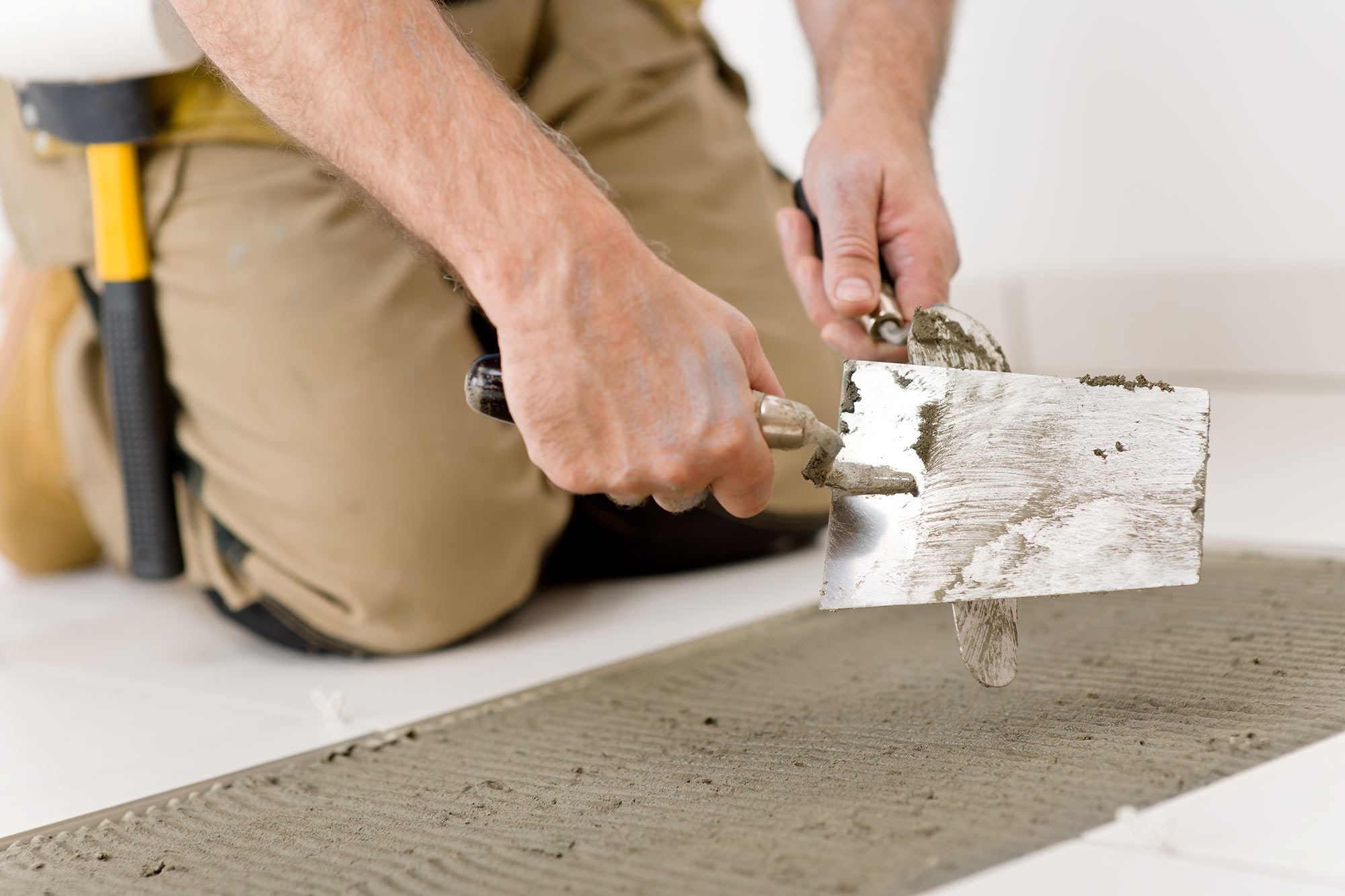Traditional vs Calcium Sulphate screeds

Traditional vs Calcium Sulphate screeds
Which one is for you?
Traditional vs Calcium Sulphate screeds. Whilst traditional screeds continue to hold 80% of the market, calcium sulphate has been a big grower in recent years. This growth comes despite a lack of understanding from some quarters about its benefits and, in some cases, limitations. What does this mean for your own on-site use?
Traditional Screed
When we’re discussing the use of traditional screed. We’re referring to the method of laying it by hand but these screeds are invariably based on sand and cement.
Whilst the traditional exhibits much greater shrinkage of the two main types of screed. It has the advantage of being made from cheaper and readily available materials. This is particularly useful for smaller budget jobs, and operations taking place on older properties, or with limited access. It often arrives to site as a ready-mixed material (RTU or ready to use). But can be mixed on-site, dependent on the skill of the person mixing. It makes a good option for floors leading up to a drainage point since it can be laid to falls.
With skill, it can produce a flat and level surface and it has the necessary durability and strength to be used under almost all types of floor finish. However, it would be wrong to suggest this method is perfect. For example, it requires a lot more work than other options, and the quality of the finished product very much depends on the talents of the ‘screed layer’. Laying traditional screeds correctly requires both skill and very hard physical work. It is easy to fail to achieve the required degree of compaction (for example) and the end result can vary greatly.
Calcium Sulphate
Although in the UK for about 25 years, calcium sulphate screeds (also called anhydrite or gypsum screeds) are still considered to be a relatively new addition to the construction industry. These screeds are applied as a ‘pump-able’ or a ‘liquid applied’ screed. They are often used to renovate both damaged and uneven industrial floors as well as being ideal for new builds.
This type of screed has some obvious advantages over its traditional counterpart. Being a liquid it is much easier to install. It requires no physical compaction on site and so the quality of the material does not rely on the screed layer. Unlike cement, gypsum ‘crystalises’ as it hardens and can be used to formulate a material that doesn’t shrink in the way that a cement based material would be expected to. This “stability”, means that the screed is very much less likely to crack as it hardens.
Calcium Sulphate is also ideally suitable for use with of underfloor heating as long as the pipes and heating elements are covered with at least 25m of screed. Like the traditional screed though, this product also comes with its cons. For example, in smaller areas, it will usually be more economical to use the cement screed. Another debate surrounding it is the lack of growth in the UK in comparison with other European markets. Whether this is a ‘traditional’ factor or simply a lack of knowledge of the product remains unknown. Whether this will greatly change remains to be seen.
To find out how ScreedGiant can help with your enquiries, please contact 0330 118 0952
For a list of products, you can visit our website section




